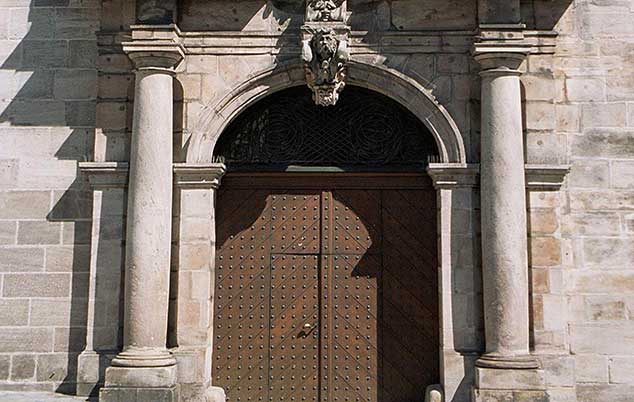
In 1322, Nuremberg – a Free City of the Empire – purchased the building rights for what would later become the Gothic City Hall from the monastery of Heilsbronn. As in many other cities in the High Middle Ages, until this time the organization of markets and supplies for the population was conducted under the auspices of the Church.
When construction of the new City Hall began in 1332, the plans comprised a prison facility because the City Hall also served as the law court. For this purpose, the existing shops of the former Cistercian bread house were turned into prison cells. During construction, due to flood danger the entire ground level was raised by about three meters; and so the former bread house, previously situated on the ground floor, was now transformed into a cellar – the dreaded Nuremberg dungeons.
Nuremberg City Council
The dungeons are a testament to medieval judicial practices. Like many other German cities, Nuremberg used generally accepted forms of criminal proceedings.
The accused had to produce witnesses to swear to their "good repute". In Nuremberg from 1320 onward, the City Council and the Jury, the competent legal body, had the right to condemn defendants convicted of "ill repute" to punishment "in body and soul".
Nuremberg citizens as well as people from outside the town were subject to these rules. Among the many criminal cases, quite a number involved prominent citizens, who were not spared conviction and punishment. The sculptor Veit Stoss was probably the most famous inmate of the dungeons. He was imprisoned for forging a borrower's note, and was pardoned to "just" branding (rather execution).



